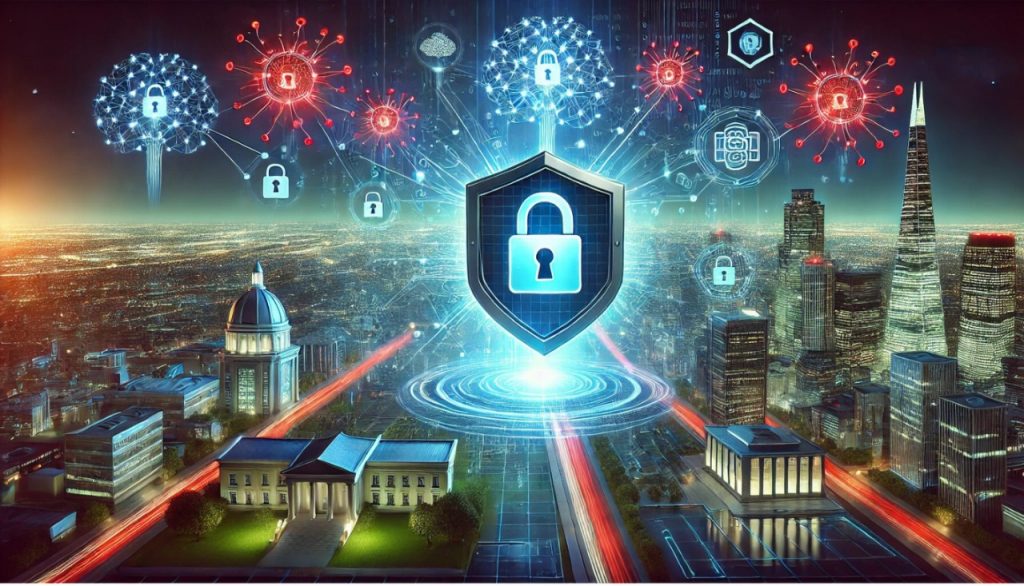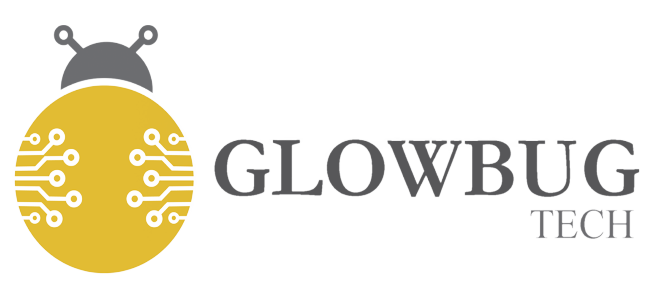
Cyberattacks are no longer a distant, abstract threat—they’re knocking on our doors. Whether it’s a local council’s website being bombarded twice a week or sophisticated hackers breaching telecom networks to steal sensitive data, these incidents are a wake-up call. Cybersecurity is not just an IT department issue anymore; it’s a global concern that affects governments, businesses, and individuals alike.
But there’s hope. The same technology that has revolutionized industries and enhanced our lives—Artificial Intelligence (AI) and Machine Learning (ML)—is now emerging as our strongest ally in the fight against cyber threats. These technologies bring unmatched speed and precision to cybersecurity, enabling systems to detect anomalies, predict potential breaches, and respond to attacks faster than humans ever could. AI can analyze vast amounts of data in real time, identifying hidden patterns and potential vulnerabilities before attackers exploit them. Meanwhile, ML continuously adapts and improves, learning from past incidents to stay ahead of increasingly sophisticated cybercriminals. In a world where every click, connection, or device can become an entry point for hackers, AI and ML provide the dynamic, proactive defense we desperately need.
Cyberattacks: What’s Really Happening?
Cyberattacks today range from distributed denial-of-service (DDoS) attacks, such as those targeting Middlesbrough Council, to complex espionage operations like the Chinese infiltration of U.S. telecoms. These incidents reveal two alarming trends:
- Frequency and Sophistication: The second attack on Middlesbrough Council in the UK within a week highlights the persistence of attackers. Meanwhile, the telecom breach showcases the technical prowess of state-sponsored actors.
- Expanding Targets: Hackers now target governments, corporations, and individuals alike. The theft of surveillance data intended for U.S. law enforcement signals an unnerving breach of systems critical to national security.
Why AI and ML Are Game-Changers
Here’s the thing: humans alone can’t keep up with today’s cyber threats. Attacks happen in milliseconds, and hackers are using AI themselves to outsmart traditional defenses. So, how can AI and ML help us level the playing field?
- Spotting Threats Before They Strike
AI-powered systems can sift through mountains of data to find suspicious patterns. Imagine a security system that notices an unusual login from another country or detects malware before it infects your network. That’s what AI can do—it’s like having a digital bodyguard working 24/7. - Responding Faster Than Ever
When an attack happens, every second counts. AI-driven systems can act instantly isolating a compromised network, blocking the attacker, and stopping the spread of damage. No waiting for humans to intervene. - Staying One Step Ahead of Smart Hackers
Hackers are using AI to create attacks that can bypass basic defenses. But ML algorithms counteract these threats by utilizing similar cutting-edge techniques, continuously learning and improving in real time to counter these advanced threats. - Enhanced Endpoint Security
From smart fridges to IoT-enabled industrial facilities, the world is filled with interconnected devices vulnerable to hacking. AI strengthens endpoint security by identifying vulnerabilities and patching them before exploitation.
The Way Forward: What Governments Can Do to Protect Us
While technology is a powerful tool, it’s not enough on its own. Governments have a big role to play in creating a safer digital landscape. Here’s what they can do:
- Partner with Tech Experts
Governments need to team up with tech companies to build smarter defenses. These collaborations can fast-track the development of advanced AI tools designed to tackle the latest threats. - Train the Next Generation
Cybersecurity isn’t just for techies anymore. We need more people trained in AI and cybersecurity—especially as these threats grow more complex. Investing in education and skills development is essential. - Build Bridges, Not Walls
Hackers don’t respect borders, so why should our defenses? International cooperation is key to sharing intelligence and creating global standards that make it harder for cybercriminals to operate. - Enforce Sturdier Security Rules
Governments should require organizations, especially in critical sectors, to follow strict cybersecurity protocols. Regular checks and penalties for non-compliance can ensure everyone takes this seriously. - Enhance Public Awareness
Cybersecurity starts with us. Governments can help by running campaigns to educate the public on recognizing phishing emails, using strong passwords, and staying alert online.
A Shared Responsibility
Cybersecurity isn’t just about stopping attacks—it’s about protecting everything we hold dear: our privacy, our businesses, and even our governments. AI and ML are incredible tools, but they’re just one piece of the puzzle.
When governments, tech companies, and individuals work together, we can create a future where cyberattacks are the exception, not the norm. So, whether you’re a tech whiz, a policymaker, or just someone who loves online shopping, remember; that we all have a role to play in making the digital world safer.
The cyber battlefield is ever-changing, but through innovation, collaboration, and vigilance, we can maintain the upper hand. Taking action now is essential, as complacency poses the greatest danger in today’s digital world.
